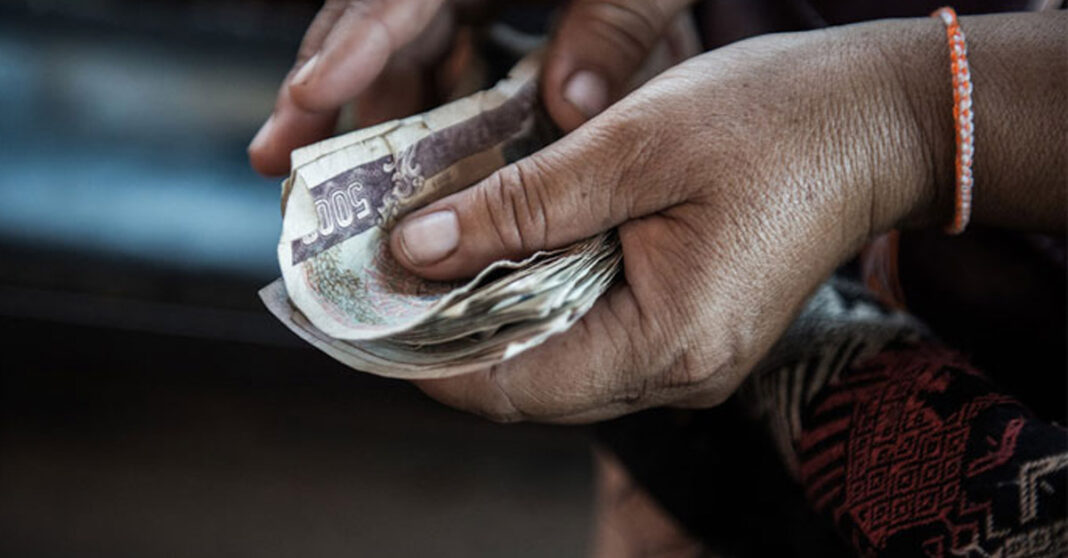The country’s inflation rate increased by 1.03% from December 2022, according to the Lao Statistics Bureau (LSB).
The main factors contributing to the surge was the ever-rising price of fuel, gas, and other imported products, combined with the continued depreciation of the LAK currency. Laos also reported an average inflation rate of 23 percent last year, which was a sharp increase from 2021 figure of 3.8 percent.
In 2022, the price of food and non-alcoholic beverages rose by an average of 22 percent while the cost of alcohol and tobacco products grew by 14.2 percent.
Hotels and restaurant category cost increased by 18.8 percent. Meanwhile, the price of communication and transport shot up by 41.3 percent. Medical care and the cost of medicines surged by 27.6 percent as well.
Additionally, the clothing and footwear category cost climbed to 16.3 percent. The housing category, on the other hand, saw a 16.4 percent rise in price, and an 18.7 percent increase was recorded for household utilities.
East Asia Forum (EAF) reported that the combination of a global fuel crisis and a shortage of foreign currency reserves in the country have made imports substantially more expensive and added to the hardships of the general population.
Although the Lao government has put policies in place to control the depreciation of the local currency, including raising interest rates and using foreign exchange reserves for importing essential goods, the country needs to address underlying structural problems to control the skyrocketing inflation rates it has reported recently.
Apart from diverting foreign exchange earnings to formal channels, Laos needs to expand its tax base from import duties to internal taxes in order to boost domestic revenue. The country should also be mindful about incurring any unnecessary expenses and also reform its taxation structure to broaden its fiscal space.
According to the EAF report, any subsidy policy reforms should also be undertaken in phases and executed with careful planning.



